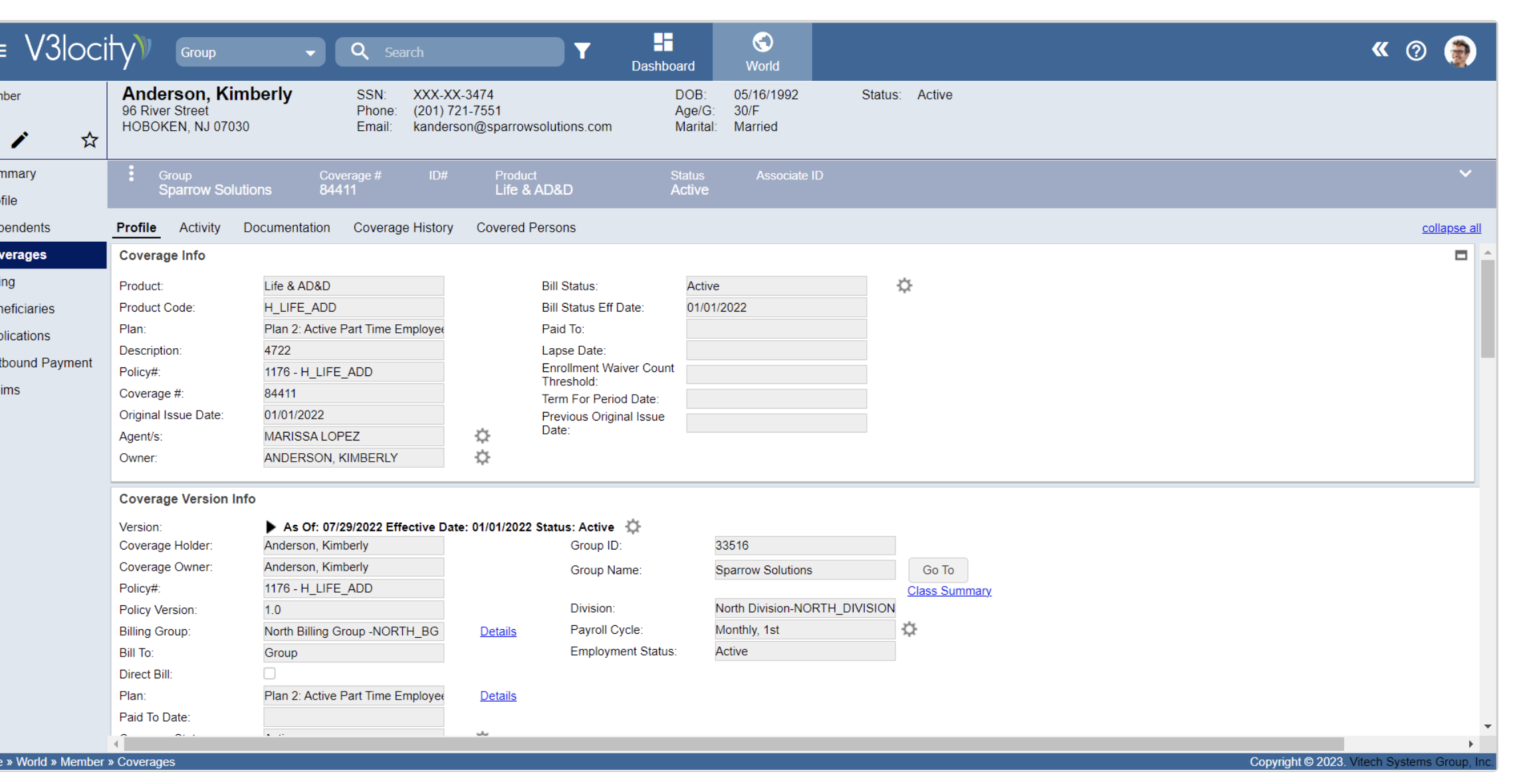

- Compare auto insurance policies drivers#
- Compare auto insurance policies driver#
- Compare auto insurance policies code#
Downgrade to a less expensive car - If you’ve been driving a luxury car, you’re paying more for car insurance than a less expensive car.Inquire with your insurance provider and state DMV website. This can result in reduced points on your record and insurance discounts.
Compare auto insurance policies drivers#

Compare auto insurance policies driver#
Since insurance providers mostly use the same databases to determine driver premiums, shopping around for a new provider after an accident may only yield slightly better rates. Accidents and violations will only make your rates go up avoiding them is the most effective way to keep paying low premiums. When an insurance provider reviews a policyholder’s records for renewal and finds accidents, traffic violations, or drops in credit score (some states disallow the credit check practice), they will adjust the policyholder’s rates to reflect the increase in driver risk. In practice, this happens when renewing policies every 6 or 12 months. Periodically, insurance companies review the status of policyholders to determine appropriate rates. Or, your rates can drop when you are older than the age of 25.
Compare auto insurance policies code#
You may see your rates go up if you move to a zip code prone to car accidents or car theft. Many factors can impact how your rates go up or down, depending on which factors are allowed at the state level. If the uninsured driver causes an accident while driving, then they are personally on the hook for the costs of damages. If the insured stops paying premiums, the insurance provider will stop coverage immediately. The policy is usually set for a term of 6 or 12 months, where the insured pays monthly premiums to keep it enforced. And the payout is the amount up to which an insurance provider will make you whole. Exclusions are special cases that will nullify your policy, such as driving while intoxicated, preventing you from receiving payouts.

Coverages are those conditions outlined explicitly in the policy, where your insurance company will payout. The premiums are what you pay to keep the policy. The insurer agrees to protect the policyholder against financial losses outlined within the policy (this is an important note because if it’s not in the contract, insurance companies will not cover it).Īs a policyholder, you are concerned with your premiums, coverages, exclusions, and payouts. A car insurance policy is a contract between the policyholder, usually the car’s main driver, and the insurance provider.


 0 kommentar(er)
0 kommentar(er)
